Construction sites see a high incidence of scaffolding accidents, and many of them are preventable. In 2023, scaffolding concerns received the fourth-highest number of citations from OSHA. This statistic is especially alarming, considering that scaffolding accidents account for about 25% of fatal falls in New York.
If you or a loved one has been injured in a scaffolding accident due to negligence, you may be entitled to compensation for medical bills, lost wages, and pain and suffering. The dedicated construction accident lawyers at The Ahearne Law Firm, PLLC are experienced in construction injury law and can help you fight for the compensation you deserve.
Here, you’ll find scaffold safety tips that can significantly reduce the risk of injuries and fatalities.
Falls from Scaffolding Statistics
These statistics demonstrate how falls from scaffolds represent a significant portion of construction worker deaths in New York:

Scaffolding Safety Regulations and Standards
OSHA has established strict safety regulations for scaffolding structures, recommending the following steps:
- Provide safe access at every level: Safe access points (stairs, ladders) must be available on all scaffold levels.
- Use strong planks: Scaffold planks must be strong enough to hold their own weight, plus at least four times the weight of workers, materials, and tools.
- Conduct daily inspections: Thorough inspections of scaffolds and rigging before each work shift allow workers to identify and address any potential hazards.
- Keep it clean: Maintain a clean and debris-free work area on the scaffold platform to prevent tripping hazards.
- Mind the power lines: Maintain a safe distance (at least 10 feet) between scaffolds and electrical power lines.
- Prevent slips: All scaffold steps and landings should have guardrails, nonslip surfaces, and stable, level footing for secure movement.
- Notify supervisors: Always inform a supervisor before building, moving, dismantling, or altering a scaffold in any way.
- Undergo hazard recognition training: Proper training from a qualified individual empowers workers to recognize and mitigate potential scaffold risks like falls, falling objects, and electrical shocks.
- Secure scaffold attachments: Securely fasten scaffolds to building facades to prevent accidental dislodging.
- Inspect and maintain accessories: Regularly inspect ropes, ladders, and other scaffold accessories for damage; repair or replace any faulty equipment immediately.
- Protect workers from falling objects: Erect canopies and safety netting as needed to shield workers and pedestrians from falling objects.
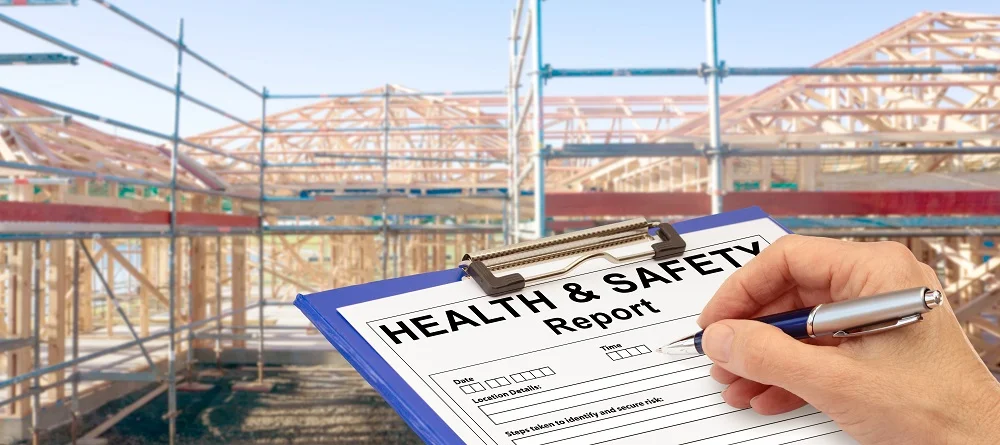
For larger or more complex scaffolds, supervisors should consider hiring a certified engineer to conduct additional inspections.
Which Type of Scaffold Is Prohibited?
OSHA specifically prohibits the use of certain types of scaffolds due to their inherent safety risks.
Most importantly, OSHA forbids using makeshift or noncompliant structures like ladders, barrels, or boxes as scaffold platforms. Always use properly designed and manufactured scaffolding equipment.
6 Scaffolding Safety Tips for Supervisors
Supervisors and general contractors are responsible for the safety of their workers and must abide by New York Labor Law Section 240, also known as the Scaffold Safety Law. Here are six key points.
1. Choose the Right Scaffold for the Job
Select the appropriate type of scaffold based on the specific task and work area. Consider factors like weight capacity, work height, and terrain.
2. Prioritize Proper Scaffold Assembly
Ensure scaffolds are erected, dismantled, and altered only by trained and competent personnel following OSHA guidelines. Never allow untrained workers to handle scaffold assembly or modification.
3. Inspect Scaffolds Regularly
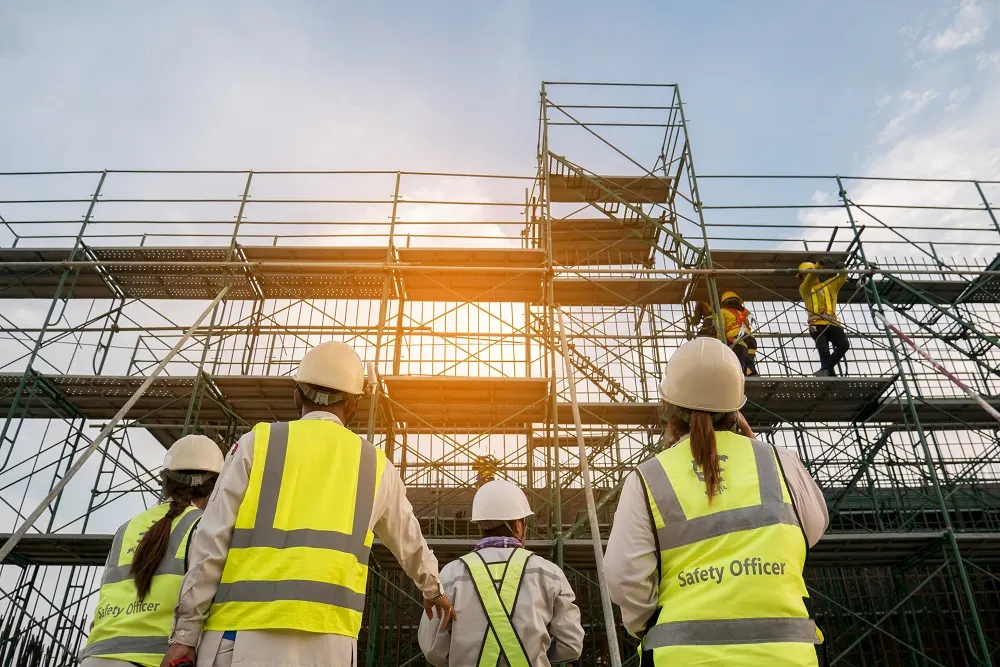
A qualified person should conduct regular scaffold inspections to identify and address any potential hazards. Inspections should be performed before each shift, after significant weather events, and whenever the scaffold is modified.
4. Provide Safety Training
Train all workers who will be using or working near scaffolds on proper safety procedures, including fall protection and hazard awareness. This training should be conducted by a qualified person and documented.
5. Enforce Safety Protocols
Strictly enforce all safety rules and regulations regarding scaffold use on the jobsite. Hold workers accountable for disregarding safety procedures and address any violations promptly.
6. Keep Proper Records
Maintain accurate records of scaffold inspections, safety training, and any accidents or incidents involving scaffolding. This documentation is crucial for maintaining a safe work environment and can be helpful in case of an investigation.
17 Scaffolding Safety Tips for Workers

Here are 17 safety tips for construction workers that could prevent scaffolding accidents.
1. Conduct a Pre-Use Inspection
Before using a scaffold, conduct a visual inspection for any damage, loose components, or improper assembly. Look for cracks in wood planks, bent guardrails, or missing fasteners. Report any concerns to your supervisor immediately.
2. Always Wear Fall Protection
Wear a personal fall arrest system (PFAS) whenever working on a scaffold, regardless of height. A fall of even a few feet can cause serious injuries.
3. Maintain Three Points of Contact
When climbing or descending a scaffold, maintain three points of contact with the structure at all times (two hands and one foot or two feet and one hand). This technique helps prevent slips and falls.
4. Never Overload the Scaffold
Be aware of the scaffold’s maximum weight capacity and never exceed it with tools, materials, or workers. Overloading can cause the scaffold to collapse.
5. Keep the Work Area Clear
Avoid clutter on the scaffold platform to prevent trips. Store tools and materials in designated areas to maintain a clean and organized workspace.
6. Use Designated Access Points
Only access the scaffold using designated stairways or ladders; never climb on guardrails or scaffold braces. Guardrails are for fall protection, not climbing.
7. Be Mindful of Overhead Hazards
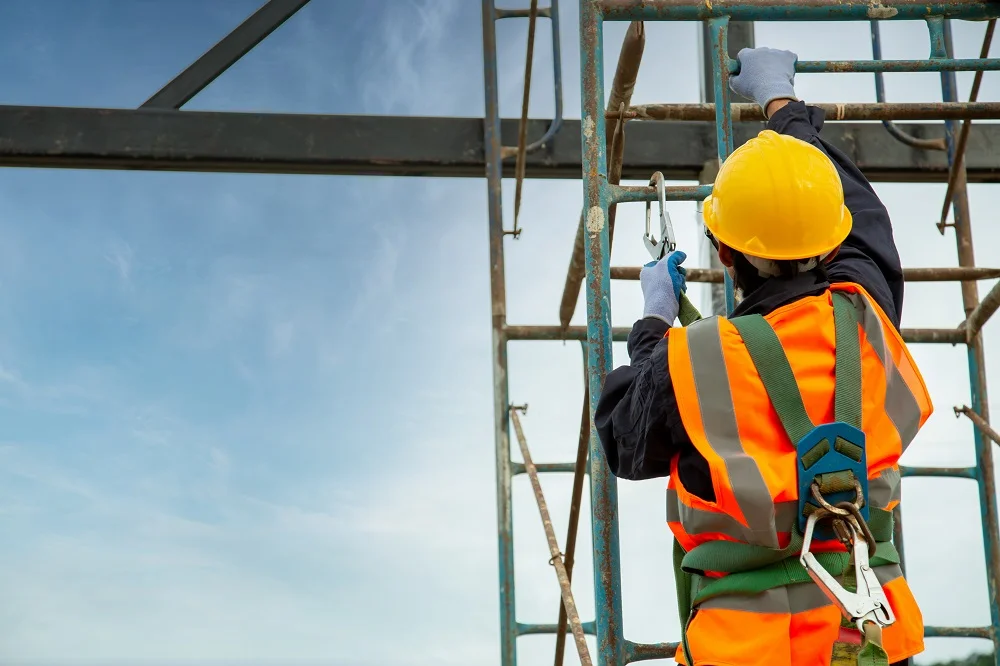
Always be aware of power lines, falling objects, or other overhead dangers when working on a scaffold. Maintain a safe distance from electrical wires and watch for falling materials.
8. Communicate Effectively
Report any unsafe work practices or scaffold concerns to your supervisor immediately. Speak up if you see someone not following safety protocols or if you notice a potential hazard.
9. Secure Tools and Materials
Ensure all tools and materials are properly secured to prevent them from falling and injuring workers below.
10. Wear Proper Footwear
Wear sturdy, slip-resistant boots with good ankle support for secure footing on the scaffold platform.
11. Check Weather Conditions
Be aware of weather conditions that could impact scaffold stability. Avoid working on scaffolds during high winds, heavy rain, or snow, as these conditions can create slippery surfaces or compromise the structural integrity of the scaffold.
12. Avoid Horseplay
Horseplay or distractions can lead to accidents. Focus on the task at hand and avoid any behavior that could put yourself or others at risk.
13. Report Accidents
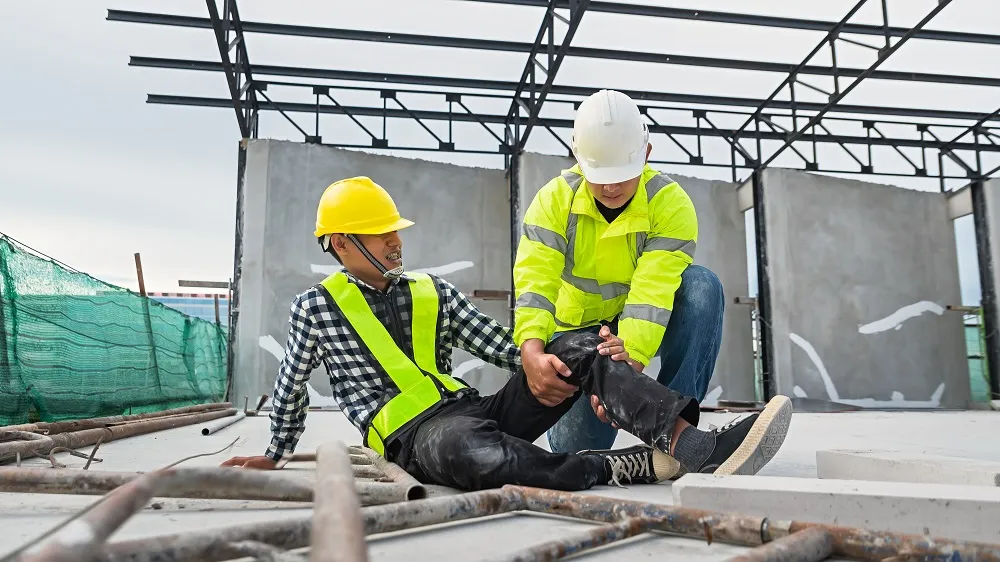
If you are involved in a scaffolding accident, no matter how minor, report it to your supervisor immediately. This not only creates a record but also helps your company identify hazards that could cause more serious injuries.
14. Seek Proper Medical Attention
Early medical evaluation is crucial, even for seemingly minor injuries. Seek medical care soon after a scaffolding accident.
16. Maintain Accurate Records
Document everything you can about any accidents you are involved in, regardless of severity. This information can prove useful in maintaining a safe work environment and can be helpful in accident investigations.
17. Stay Hydrated
Working on a scaffold can be physically demanding, especially in hot weather. Drink plenty of fluids throughout the day to stay hydrated and prevent fatigue, which can increase the risk of accidents.
Scaffold Training
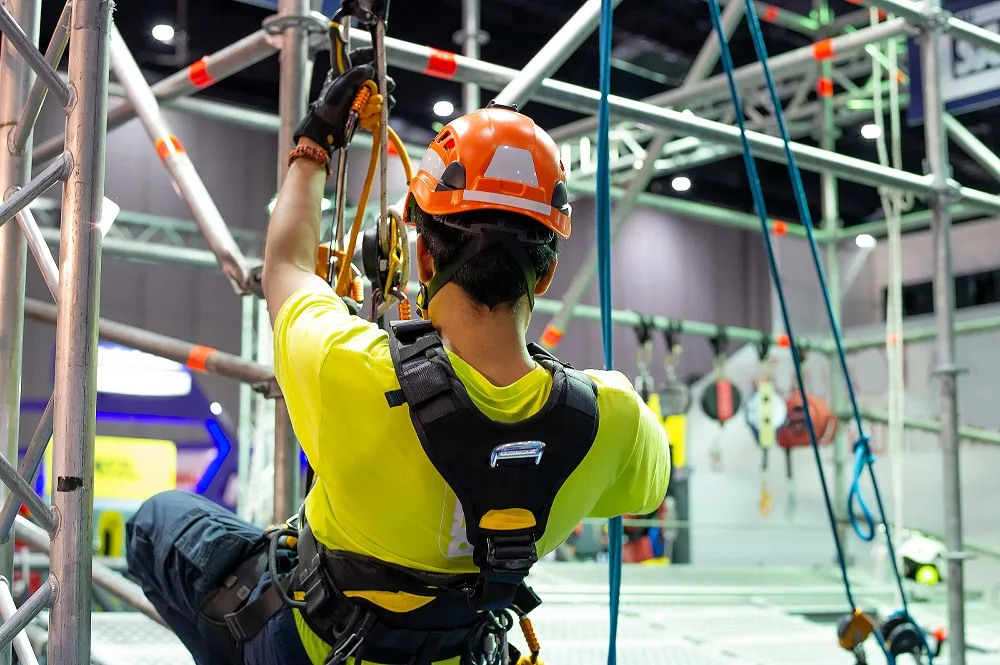
Proper training is crucial for preventing scaffolding accidents. OSHA requires that workers who are involved in erecting, dismantling, altering, using, or supervising the use of scaffolds be trained by a qualified person.
This training should cover topics like the following:
- Electrical and other hazards associated with scaffolding
- Fall protection systems and safe work practices
- Recognizing and avoiding scaffolding hazards
- Load capacity limitations for different types of scaffolds
- Emergency procedures in case of a scaffold accident
Employers are also required to retrain a worker if they believe that person is not adequately prepared to work with scaffolding.
